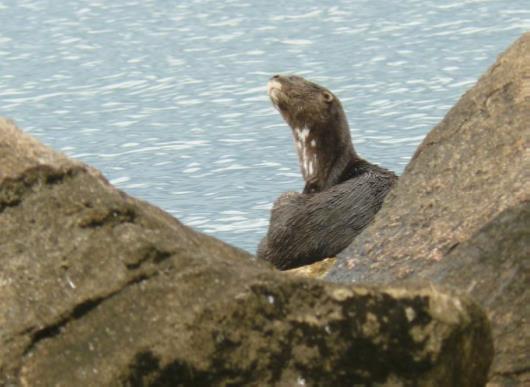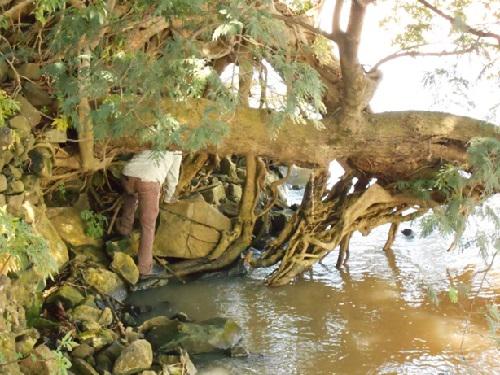Engedasew Andarge Ergete
Other projects
2 Jan 2018
Diet Composition and Habitat characterization of Otters (Aonyx capensis and Hydrictis macullicolis) in Lake Hawassa and Lake Ziway, Ethiopia
The aims of the study will produce the distribution map, determine the conservation status and create awareness to the local community about the ecological and economical importance of otters.

Otters are top predators in various semi-aquatic habitats and an indicator of the health of wetland environments. They are threatened by habitat loss due to over-population, agricultural and industrial activity, combined with human demands for water resources. Out of 13 species of otters Ethiopia hosts only two; African clawless otter (Aonyx capensis) and Spotted-necked otter (Lutra maculicollis). They are poorly understood due to lack of research and awareness among local communities on ecological and economical importance.

Searching of signs of otters.
The distribution and conservation status of otters are still unknown, never studied and there is no any baseline data on the ecology, distribution, abundance, behaviour, population status and conservation status of otters in Ethiopia. Therefore, this study aims to produce the distribution map and determine the conservation status of otters in Ethiopia.
Furthermore, the study attempts to document valuable data on distribution, conflict, attitude towards otters, their threats and conservation prospect in most wetland areas of Ethiopia. The effort is also taken as a contribution to attract attention in otter conservation. The result of this study will be assisting the establishment of mechanisms to ensure the effective participation of the local communities in decision making and policy planning for the conservation of otters, provide clear strategy how to conserve otters in the region, increase the understanding of the value of otters as indicators of wetlands and protection of water sources, maximize our understanding on the distribution, diversity and conservation status of otters in Ethiopia.